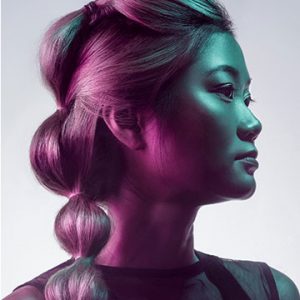Views
5707
Replies
5
Status
Closed
Hi,
I would like to try a different way of converting my color images into black and white and read about a method that you need to extract each seperate red, green and blue channel into it’s own layer and then you can play with each colors layer and image area that you want to work with. This is verses the old channel mixer standby. I do not know how to do this though and have been unsuccessful trying to find any info that explains this. Can anyone help me out?
Thank you in advance!
I would like to try a different way of converting my color images into black and white and read about a method that you need to extract each seperate red, green and blue channel into it’s own layer and then you can play with each colors layer and image area that you want to work with. This is verses the old channel mixer standby. I do not know how to do this though and have been unsuccessful trying to find any info that explains this. Can anyone help me out?
Thank you in advance!

Master Retouching Hair
Learn how to rescue details, remove flyaways, add volume, and enhance the definition of hair in any photo. We break down every tool and technique in Photoshop to get picture-perfect hair, every time.
